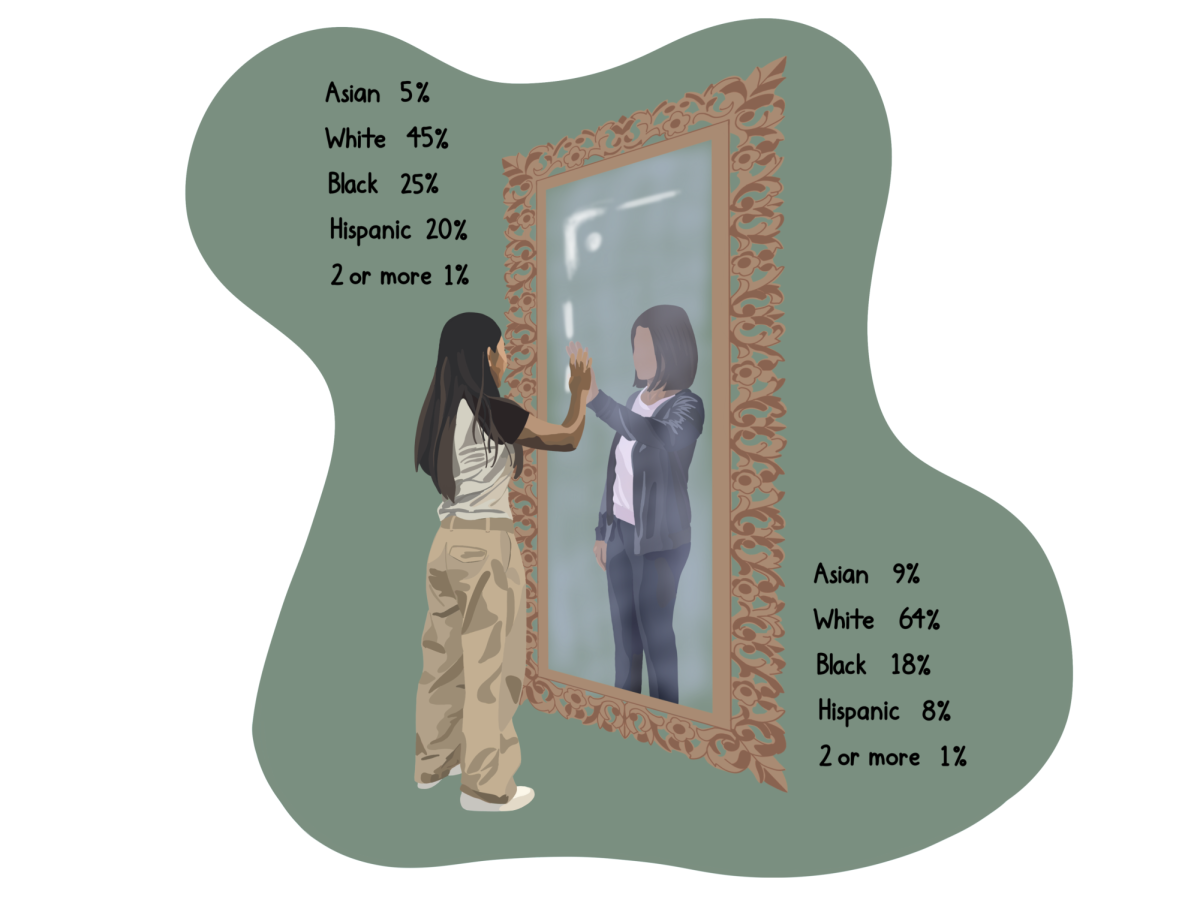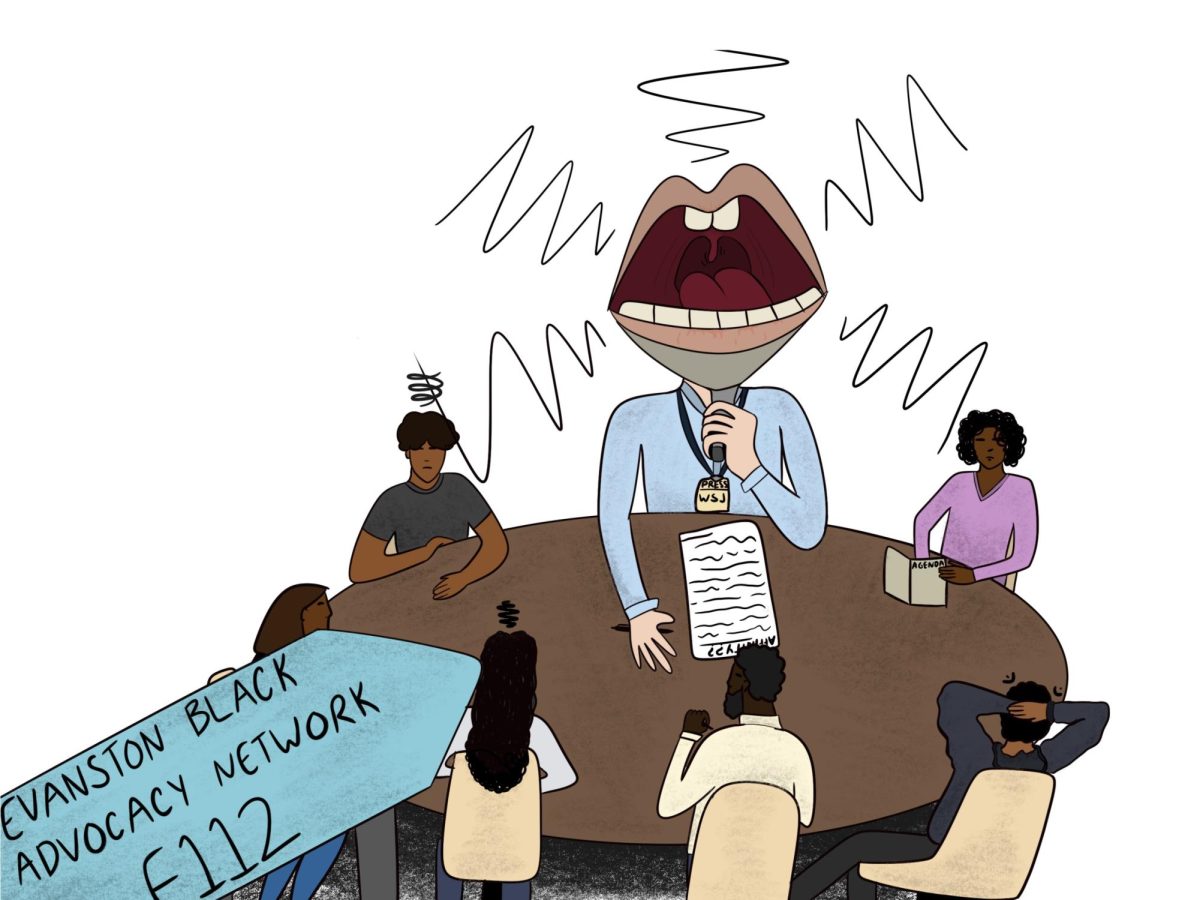In 1960, amidst ongoing Civil Rights protests and political turmoil, Charles R. Thomas, an ETHS alumni of 1951, became the school’s first ever African-American educator. Thomas would go on to earn a PhD. in educational administration from Northwestern and later serve as superintendent of the North Chicago schools, eventually receiving a Distinguished Alumni Award from ETHS. Today, more than 60 years after Thomas first entered into his role at ETHS, his impact lives on in the school’s dedication to building a diverse teaching body.
For the 2023-24 school year, ETHS has made staff equity one of its top priorities. At the Oct. 9 school board meeting, administrators revealed that ETHS is leading the nation in terms of teacher diversity, with 36 percent of the teaching staff being people of people in a state where 80 percent of all teachers are white. Furthermore, over the past year, 67 percent of new hires have been people of color—solidifying ETHS’ ongoing dedication to living up to its diversity standard.
The importance of this metric has a direct impact on the academic and social success of students. When students have teachers they can see themselves in—teachers that share the same backgrounds and lived experiences—positive experiences in school are more likely to manifest. According to the Brookings Institute, a nonprofit research organization in Washington D.C., “For Black students, having even one same-race teacher improves test scores, graduation rates, attendance, and behavioral outcome.” At ETHS, 18 percent of teachers identify as Black or African American, while at the statewide level, only six percent of teachers identify in that way.
While ETHS is continuing to stress the importance of teacher diversity, other neighboring high schools are falling short. Specifically, Niles North, a high school having 67 percent students of color, has a teaching body that is 78 percent white. The same can be said for Glenbrook South, which has a 44 percent minority enrollment and 87.5 percent teaching body, Glenbrook North, which has a 32 percent minority enrollment and 91.5 percent white teaching body, Stevenson, which has a 54 percent minority enrollment and 83.3 white teaching body and just about any other local school district.
The Evanstonian would like to acknowledge the scale of work ETHS has done to reach this metric, but also note just how much work there still needs to be done. In order to reach true population equity, where the makeup of the teaching staff reflects that of the student body, the school has to continue to push for holistic hiring processes. Currently, there is a 12-percent gap between the proportion of the student body that is Hispanic, 20 percent, and the proportion of the teaching body that is Hispanic, eight percent. White teachers make up 64 percent of teachers at the school, despite the school only being 45 percent white student enrollment.
Furthermore, as a predominantly white editorial board, the Evanstonian recognizes that we also need to do more to change the makeup of our leadership. We recognize that for students of color, it is difficult to join a space where the people editing stories and running meetings do not share that student’s same background. As we begin the process of selecting next year’s editorial board, we are dedicated to looking at each student’s application from a holistic perspective—reflecting on the ways in which we haven’t always cultivated an equitable space where everyone can feel a sense of belonging.






